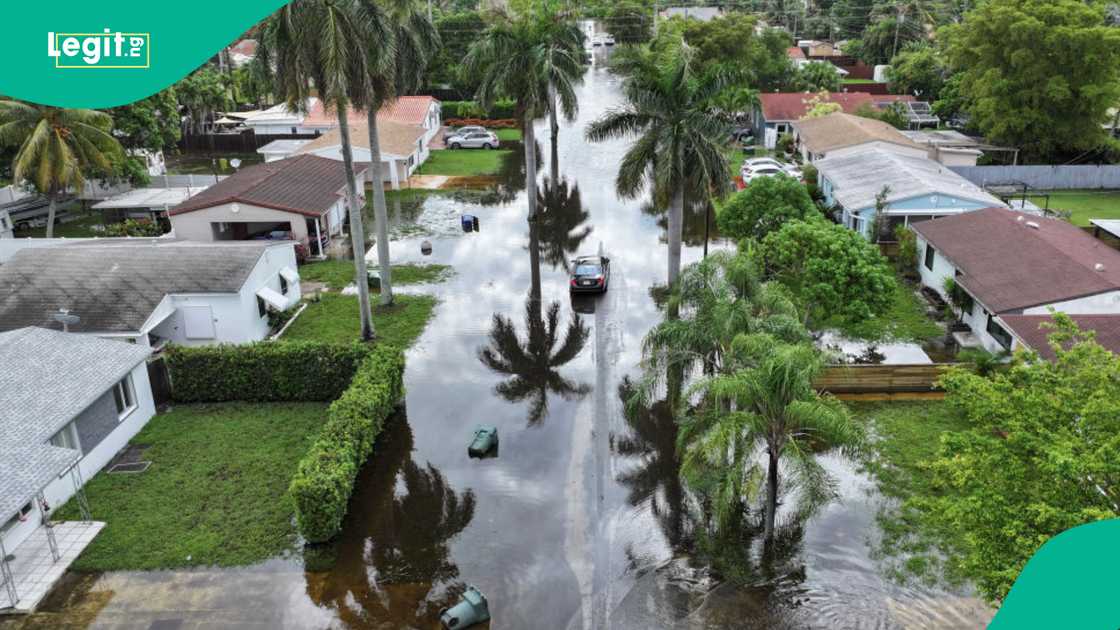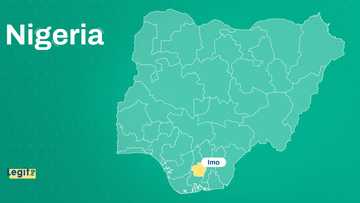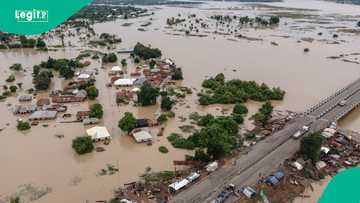Flood Kills 56 People in Mountain Village, Scores Missing
- A catastrophic cloudburst in Indian-administered Kashmir has claimed at least 56 lives and left dozens missing, as torrents of water and mud swept through a remote Himalayan village
- Rescue teams are battling damaged roads and relentless rain to reach Chisoti, a pilgrimage site where a makeshift kitchen sheltering over 100 people was washed away
- This marks India’s second deadly flood disaster this month, raising urgent concerns about climate change and the increasing severity of monsoon-related calamities
At least 56 people have been confirmed dead and dozens remain missing after a devastating cloudburst unleashed torrents of water and mud through Chisoti village in Indian-administered Kashmir on Thursday, according to disaster management officials.
Mohammad Irshad, a senior disaster management official, told AFP that "56 dead bodies were recovered" before rescue operations were suspended for the night. He added that 80 people were still unaccounted for and 300 had been rescued, "50 of whom are severely injured" and were transported to nearby hospitals.

Source: Getty Images
Local authorities warned that the death toll was likely to rise as search efforts continued. Pankaj Kumar Sharma, district commissioner of Kishtwar, said earlier that "there are chances of more dead bodies being found".
Pilgrimage site ravaged as makeshift kitchen washed away
The disaster struck Chisoti village, located along a Hindu pilgrimage route to the Machail Mata shrine. Officials reported that a large makeshift kitchen, where more than 100 pilgrims had gathered, was completely washed away. Many of the pilgrims were not registered with local authorities, complicating rescue and identification efforts.
Sushil Kumar, a resident of nearby Atholi village, told AFP: "I saw at least 15 dead bodies brought to the local hospital." Crowds gathered at the Kishtwar hospital as injured victims arrived, some carried on stretchers.
Rescue efforts hampered by weather and terrain
Rescue teams, including soldiers, faced significant challenges reaching the remote disaster zone due to damaged roads and ongoing heavy rainfall. The region’s weather department has issued further alerts for intense rain and potential flooding, urging residents to remain vigilant.
Kishtwar lies more than 200 kilometres (125 miles) from Srinagar, the region’s main city, and has been battered by days of storms that have weakened infrastructure and complicated emergency response.
National response and broader context of monsoon disasters
Prime Minister Narendra Modi pledged support for those affected, stating: "Every possible assistance will be provided to those in need."
This marks the second major flooding disaster in India this month. On August 5, floods overwhelmed the Himalayan town of Dharali in Uttarakhand state, burying it in mud. The likely death toll from that incident exceeds 70, though official confirmation is pending.
Floods and landslides are common during India’s monsoon season, which spans June to September. However, experts warn that climate change and unregulated development are intensifying the frequency and severity of such disasters.
The UN’s World Meteorological Organization noted last year that increasingly extreme floods and droughts are a “distress signal” of a destabilised global water cycle.
29 killed, 321,000 houses submerged
Legit.ng earlier reported that the Kebbi state government led by Nasir Idris said that 29 people, 321,000 houses, and 858,000 farmlands have been lost to floodwaters in 16 of the 21 local government areas in the state.
Briefing journalists in Birnin Kebbi on Friday, September 27, the state Commissioner for Information, Yakubu Ahmed, warned.
As reported by Daily Trust, Ahmed highlighted that before NiMET predicted Kebbi would be worst hit, the state had already faced significant flooding due to water from Goronyo dam and the convergence of waters from River Rima and River Kaa through River Niger.
Source: Legit.ng





